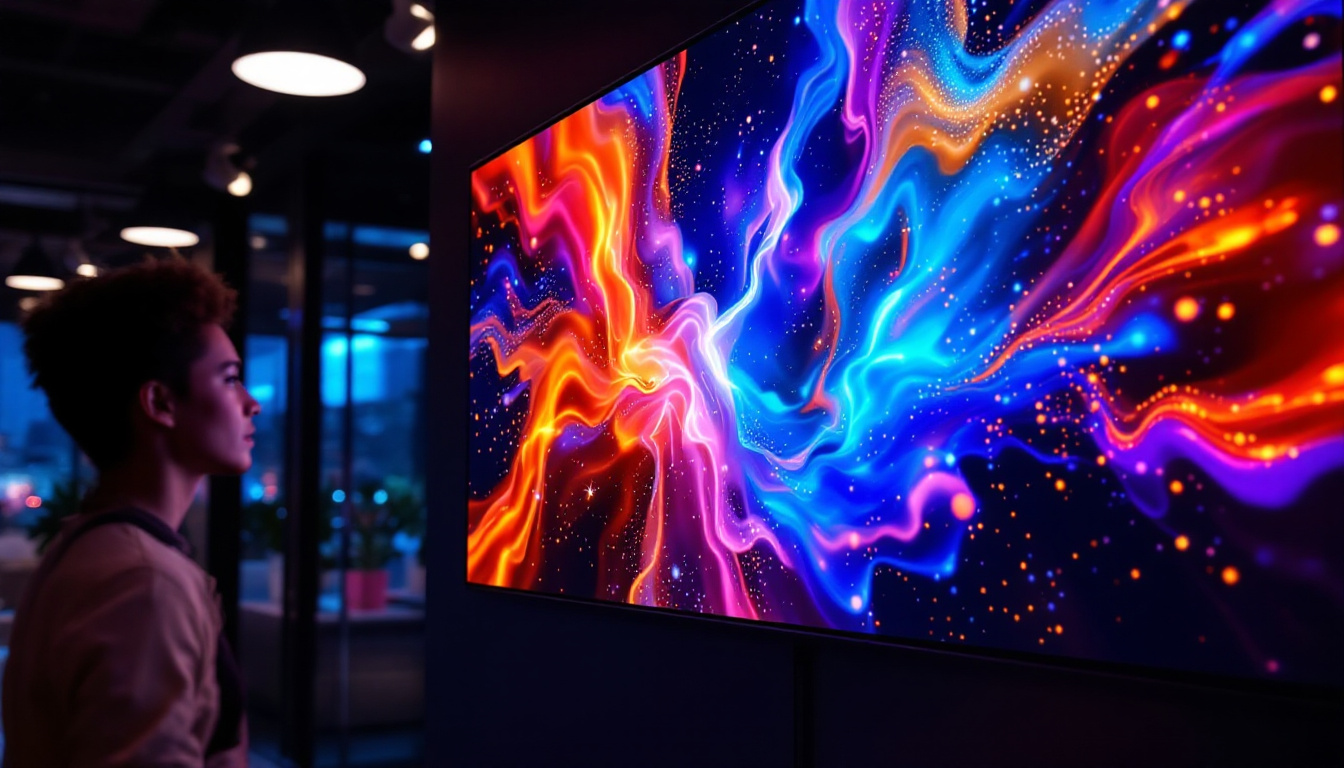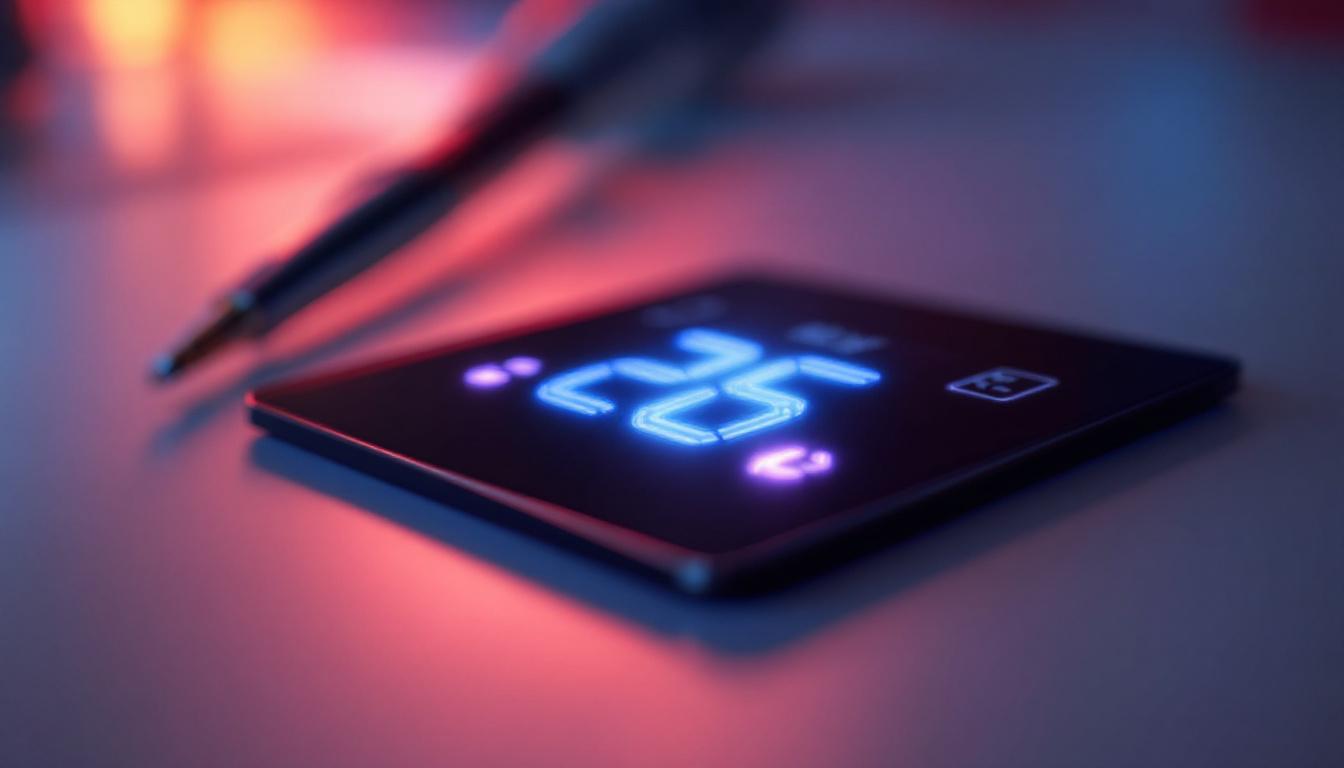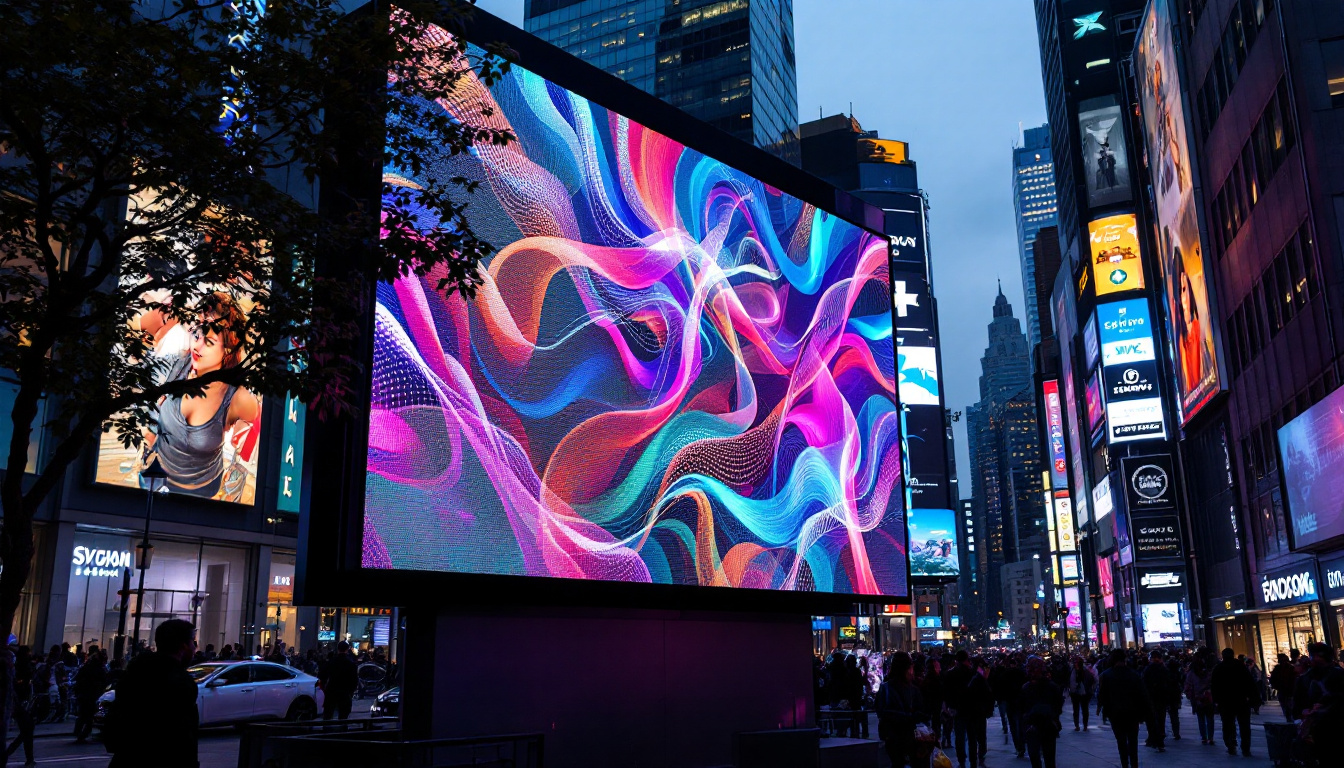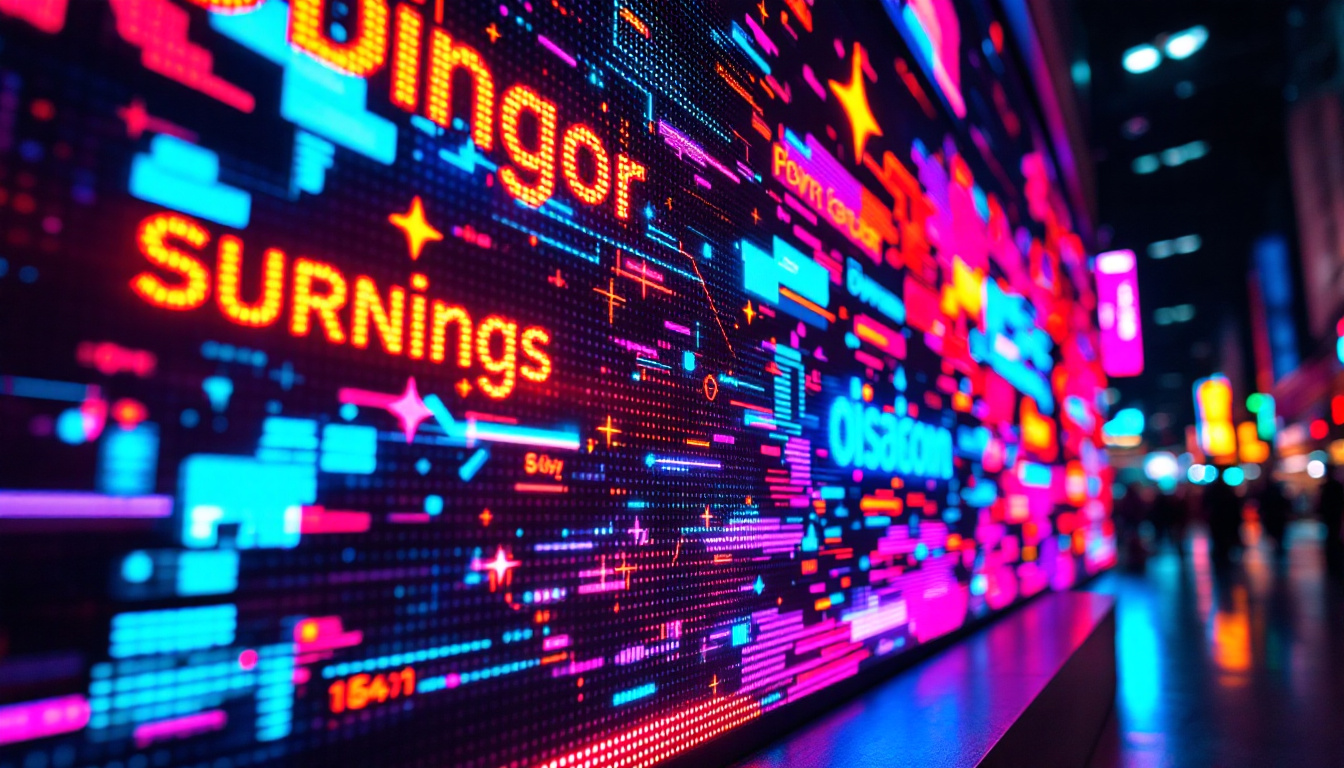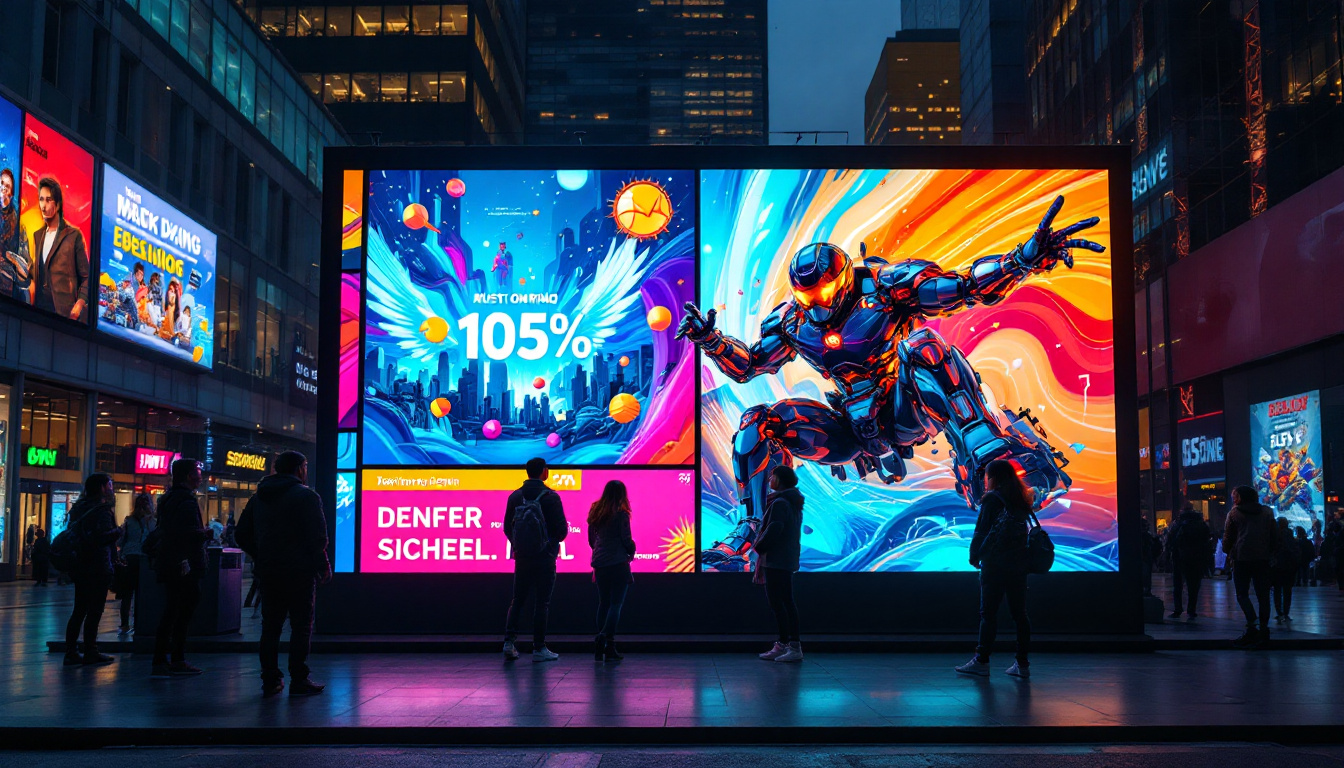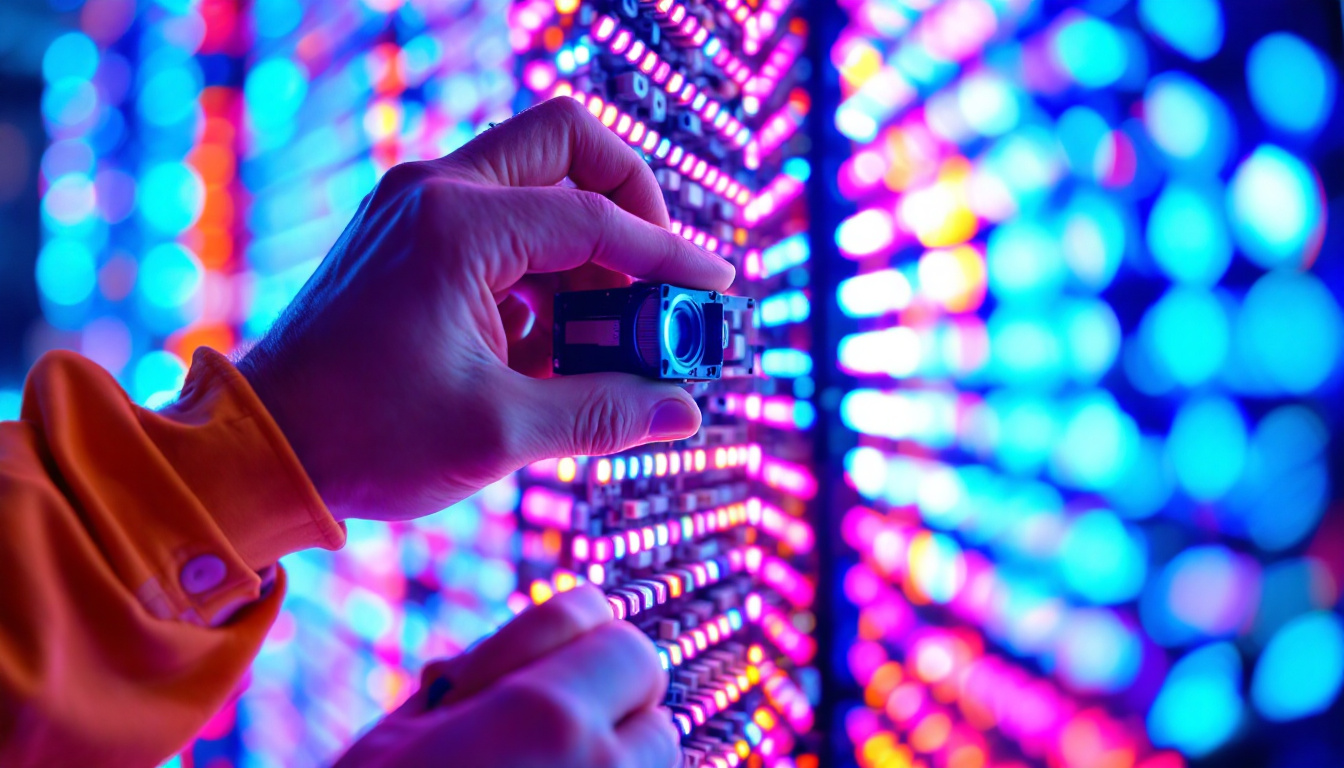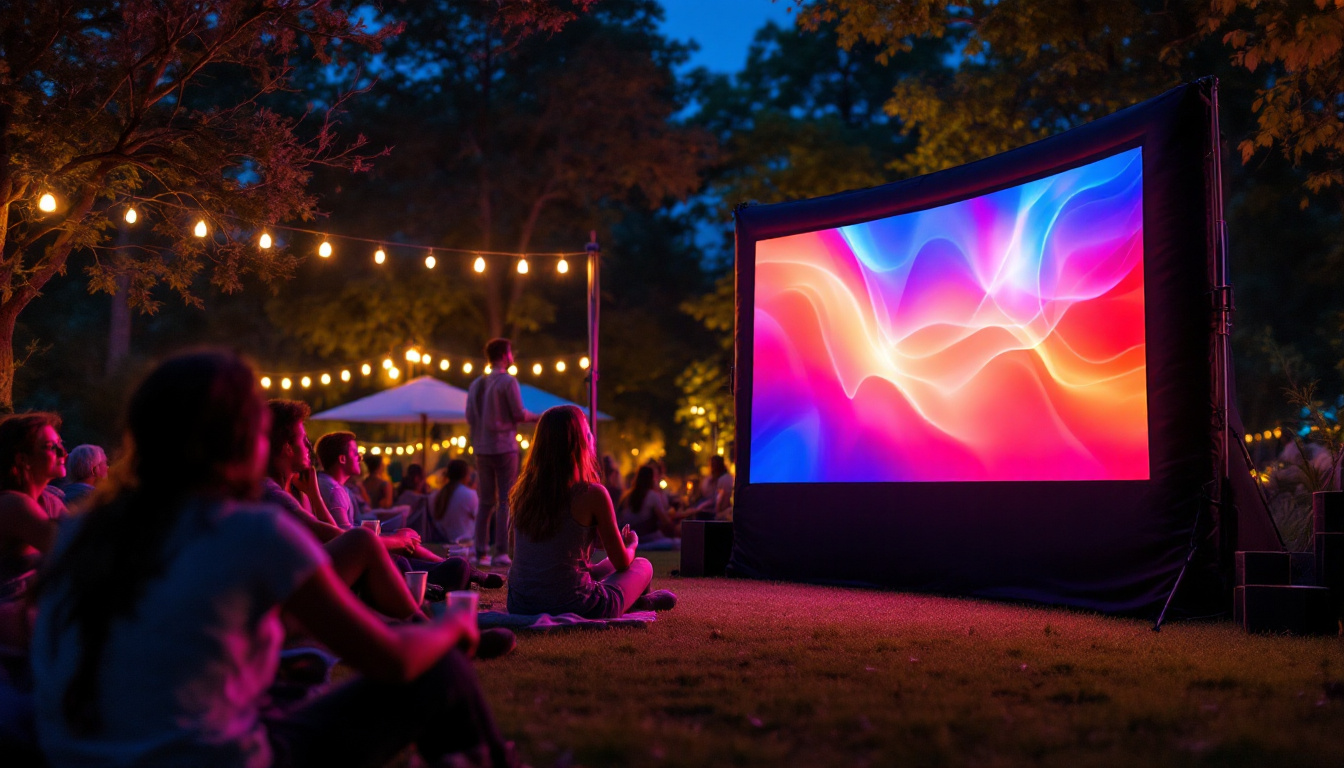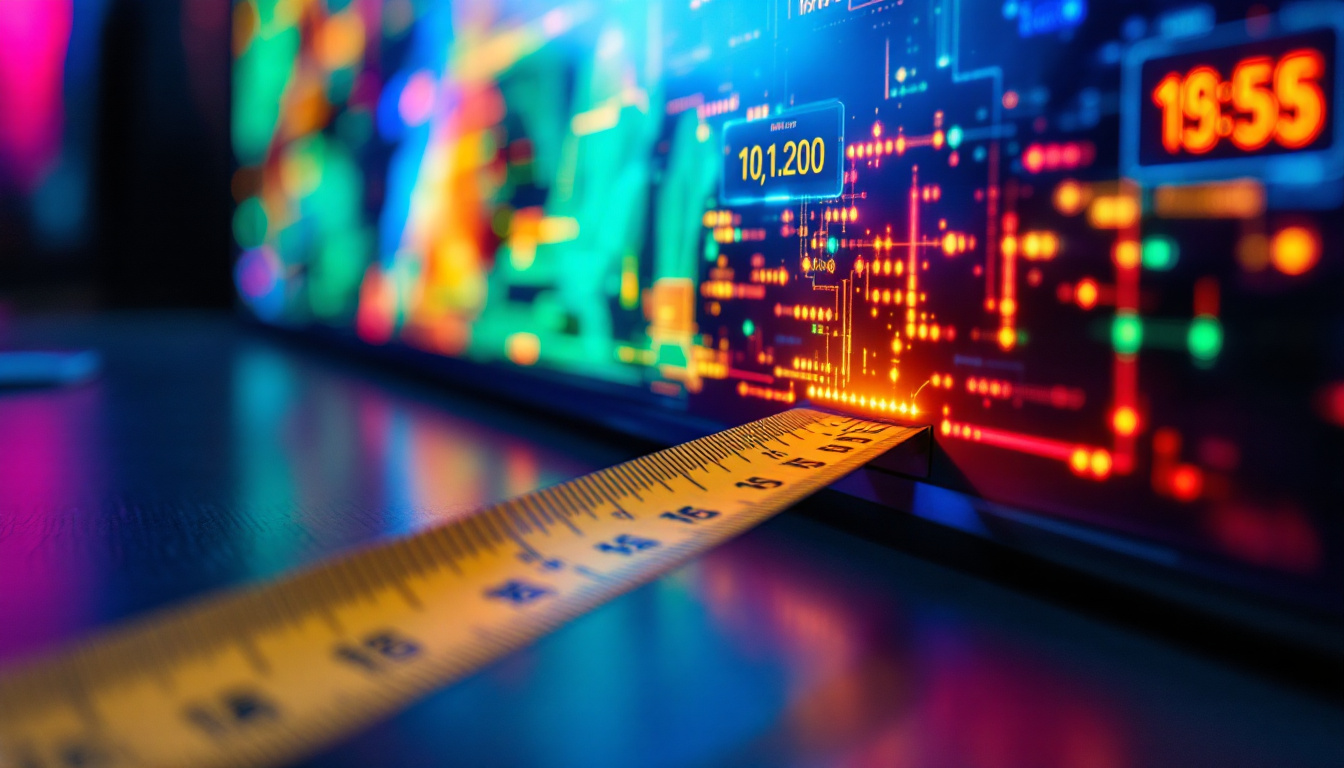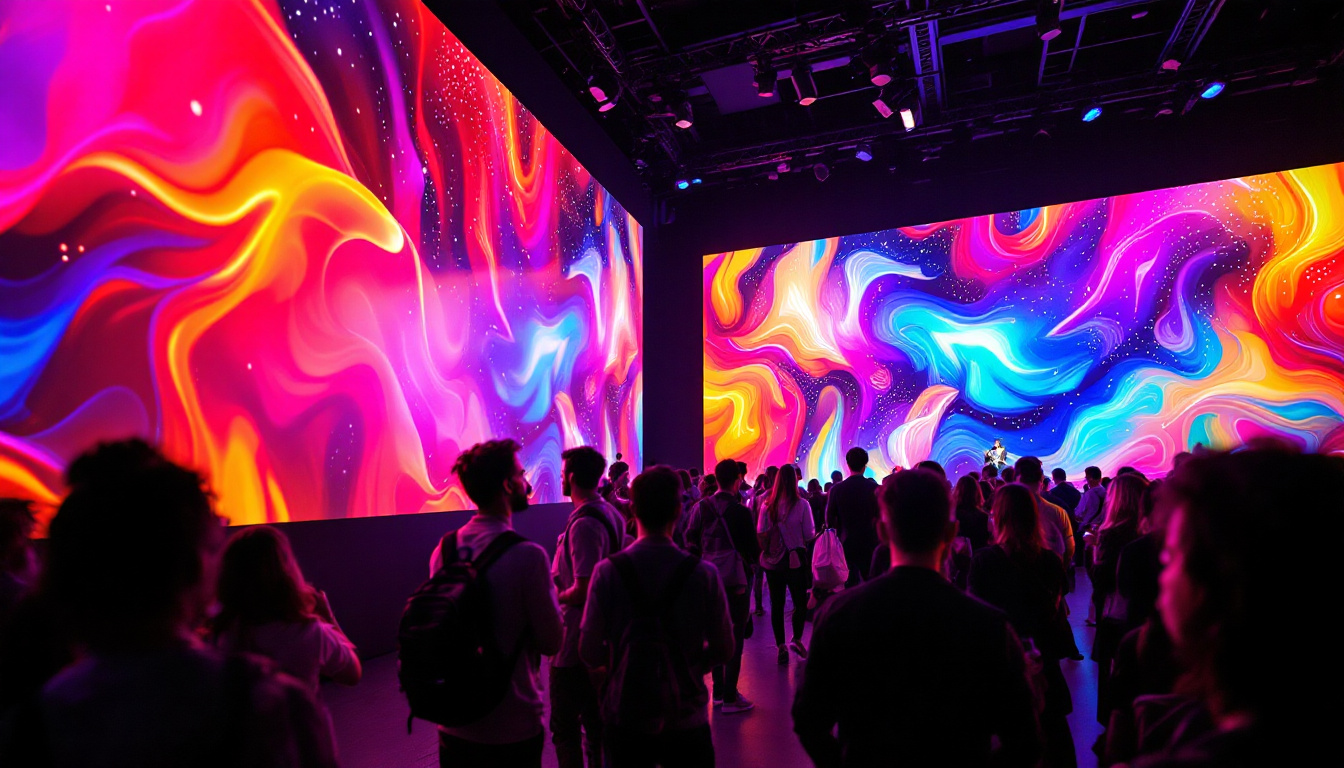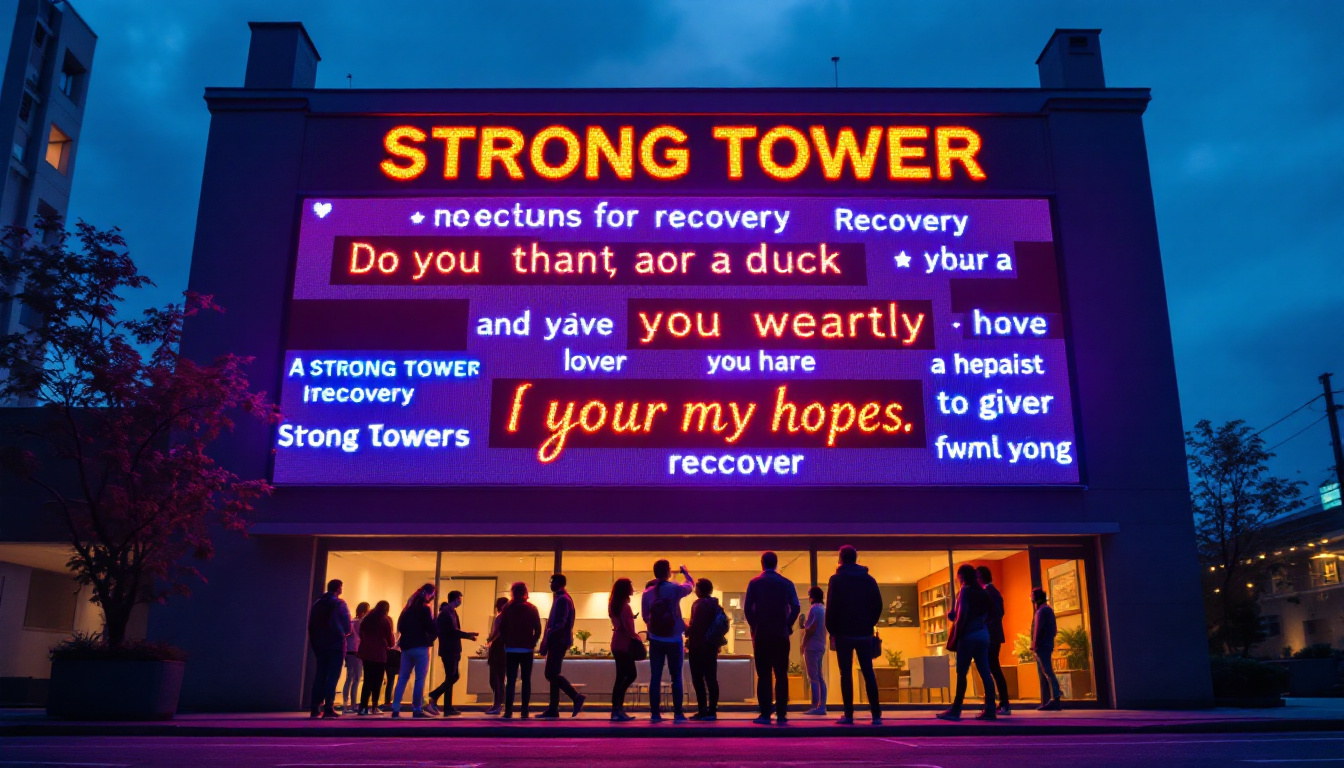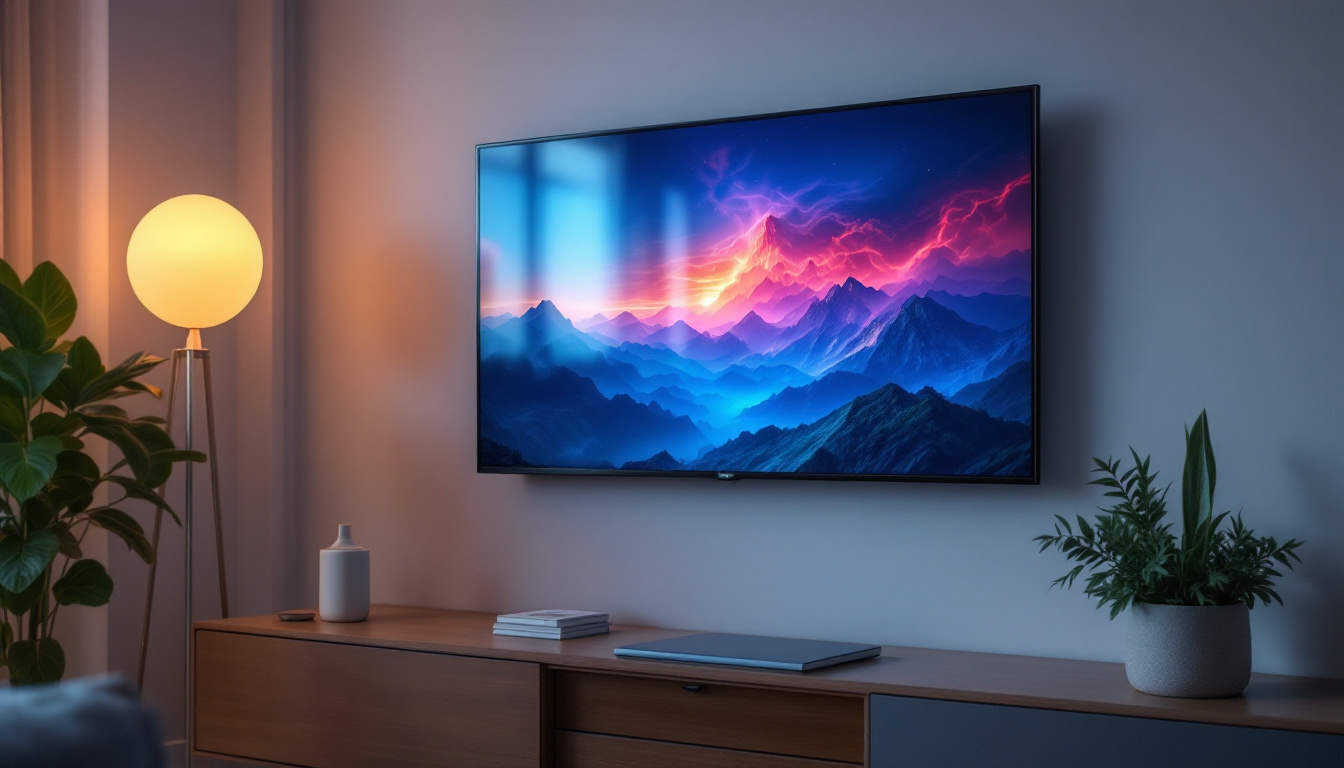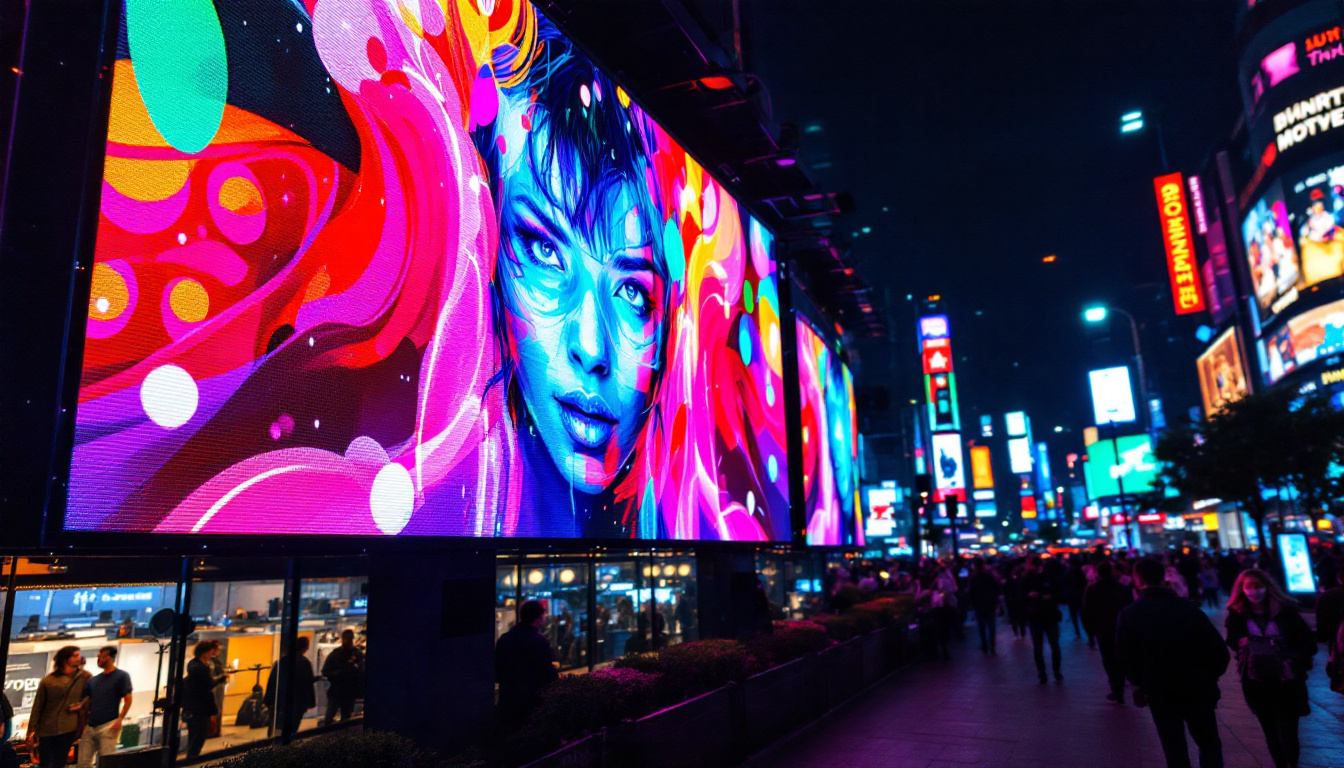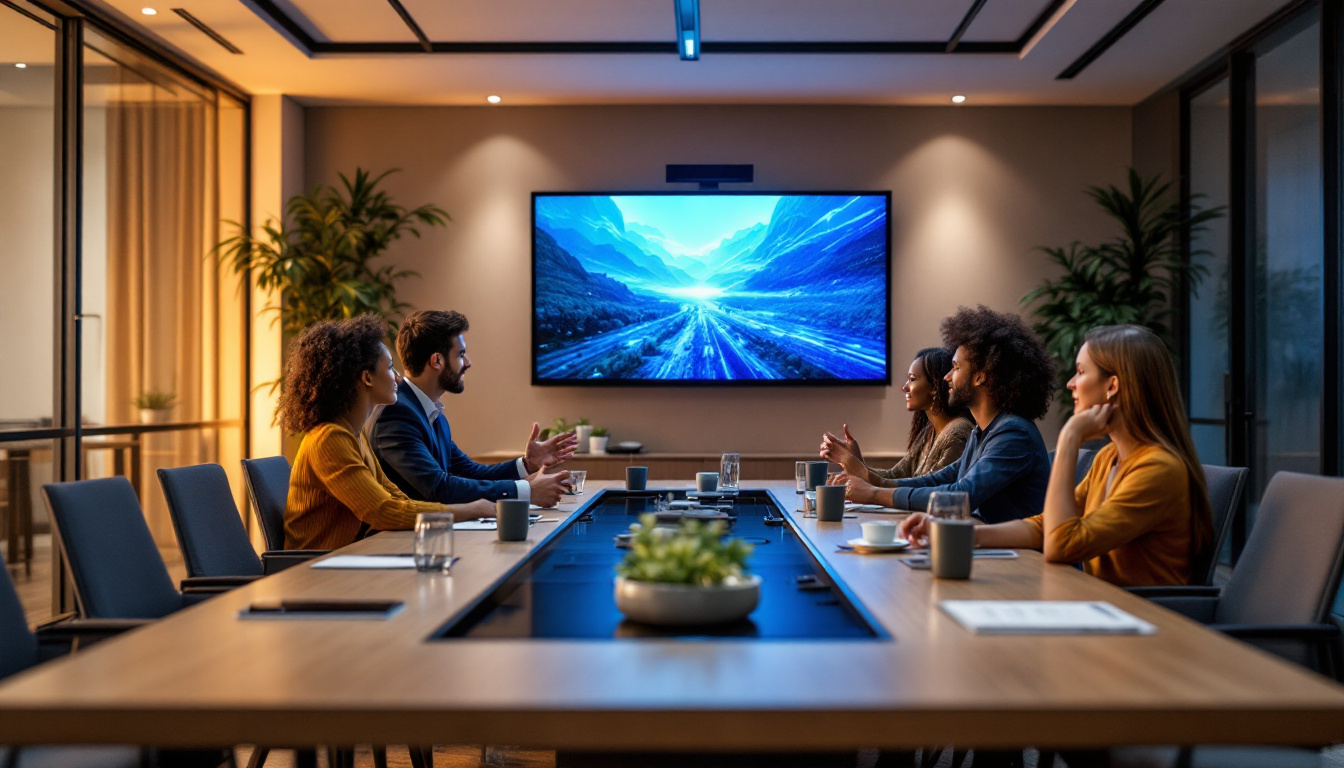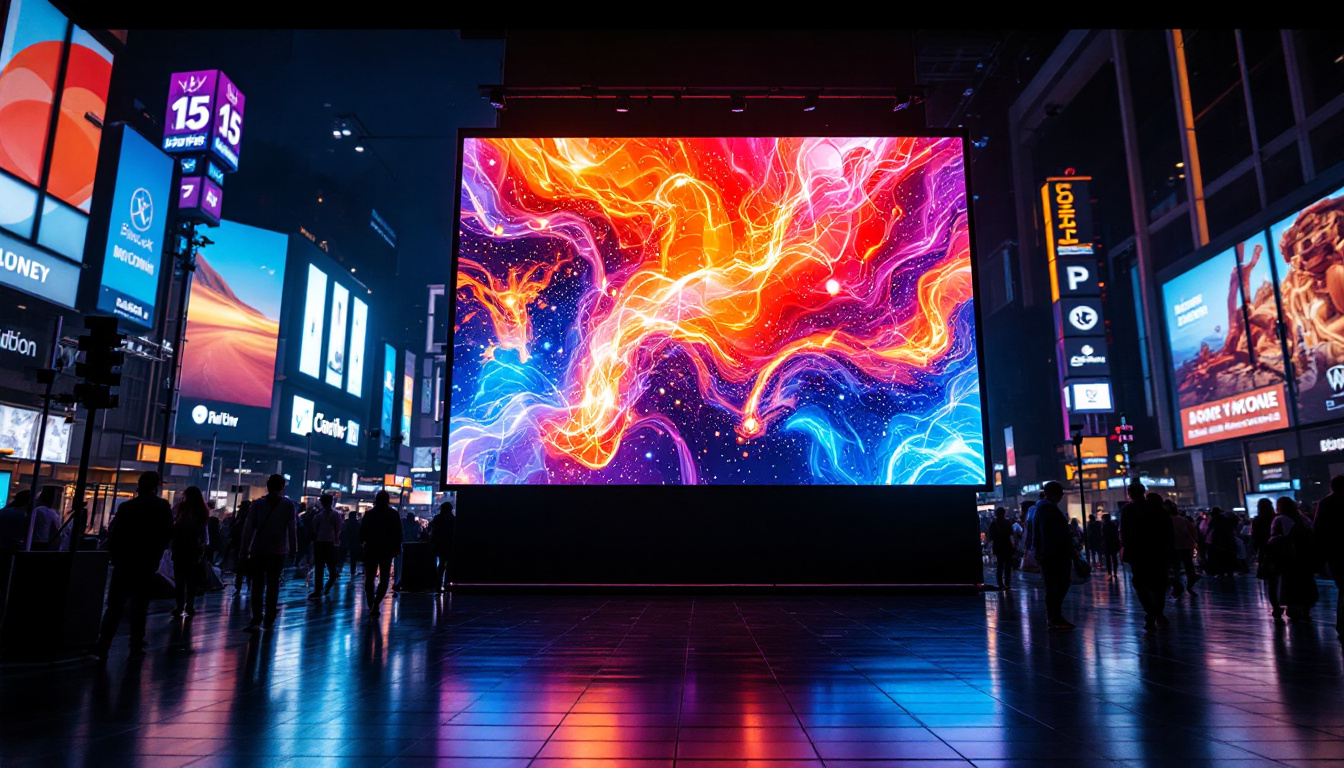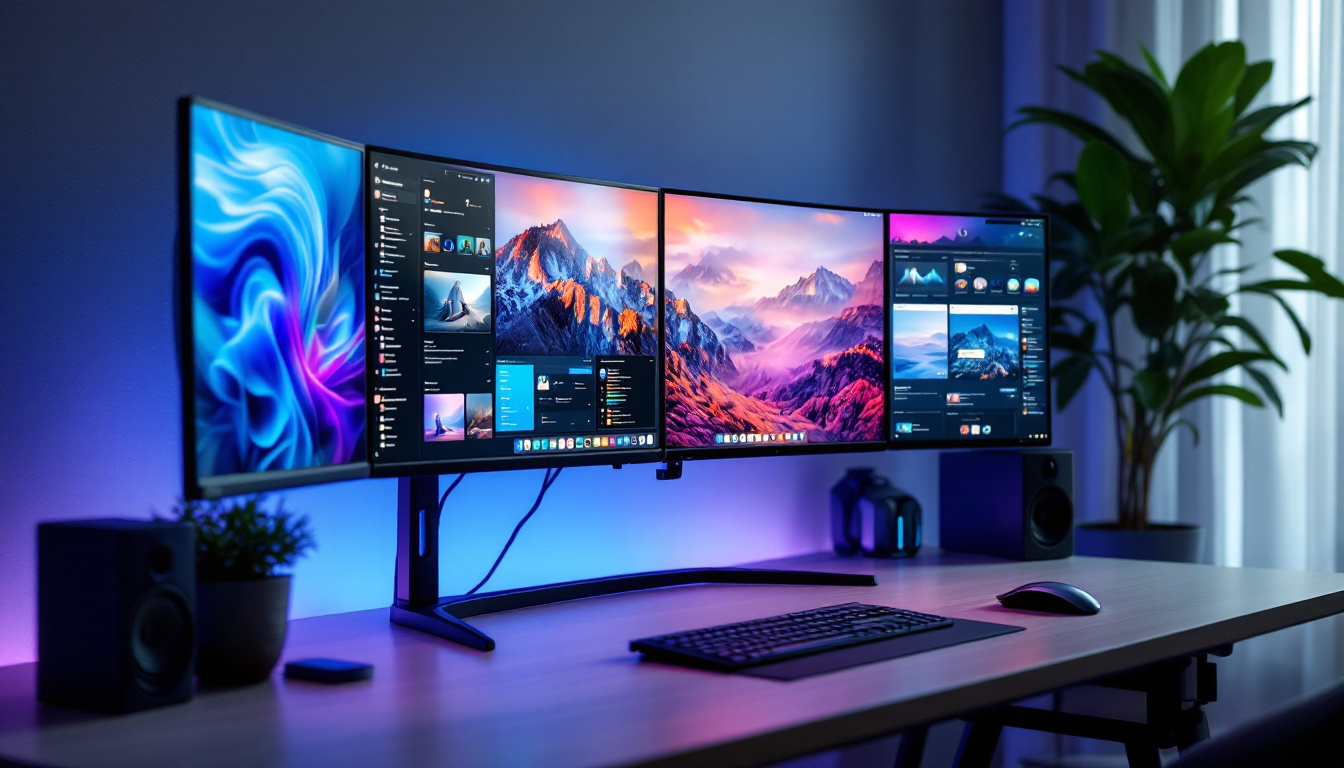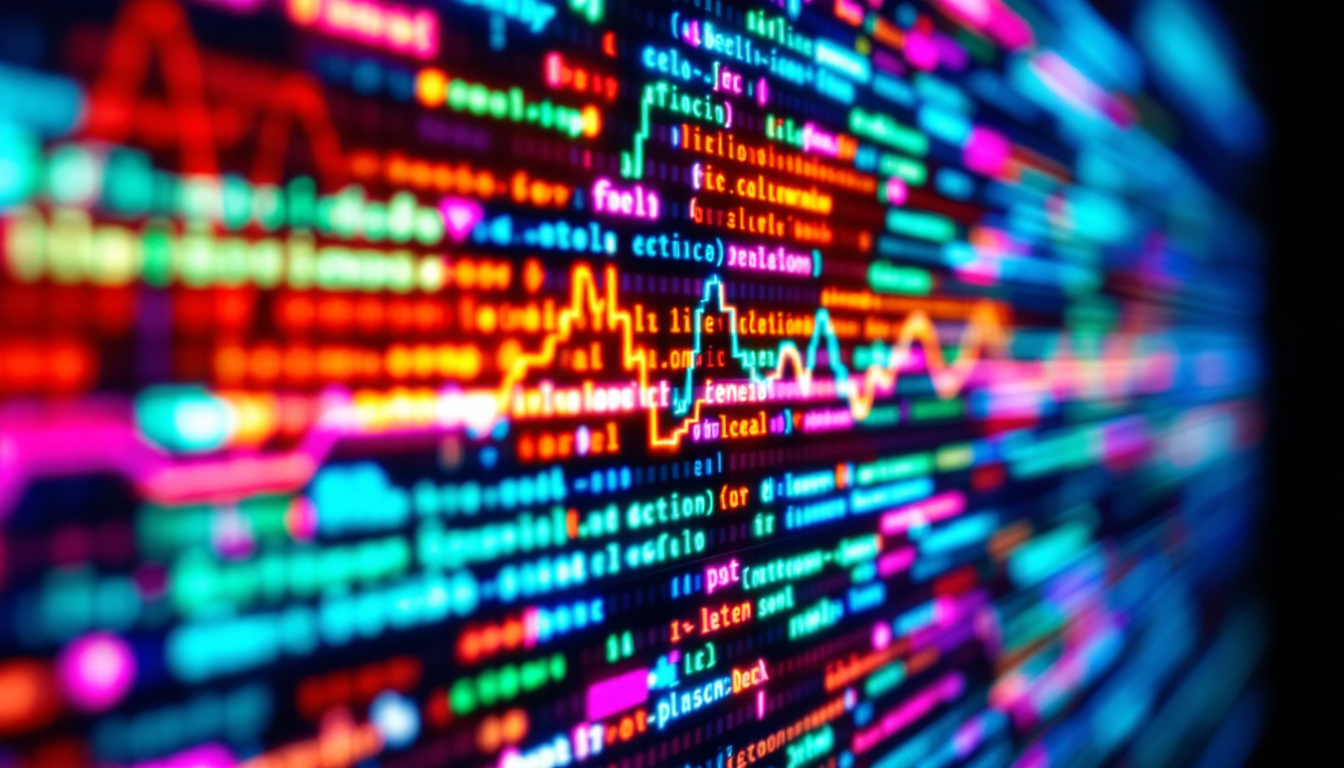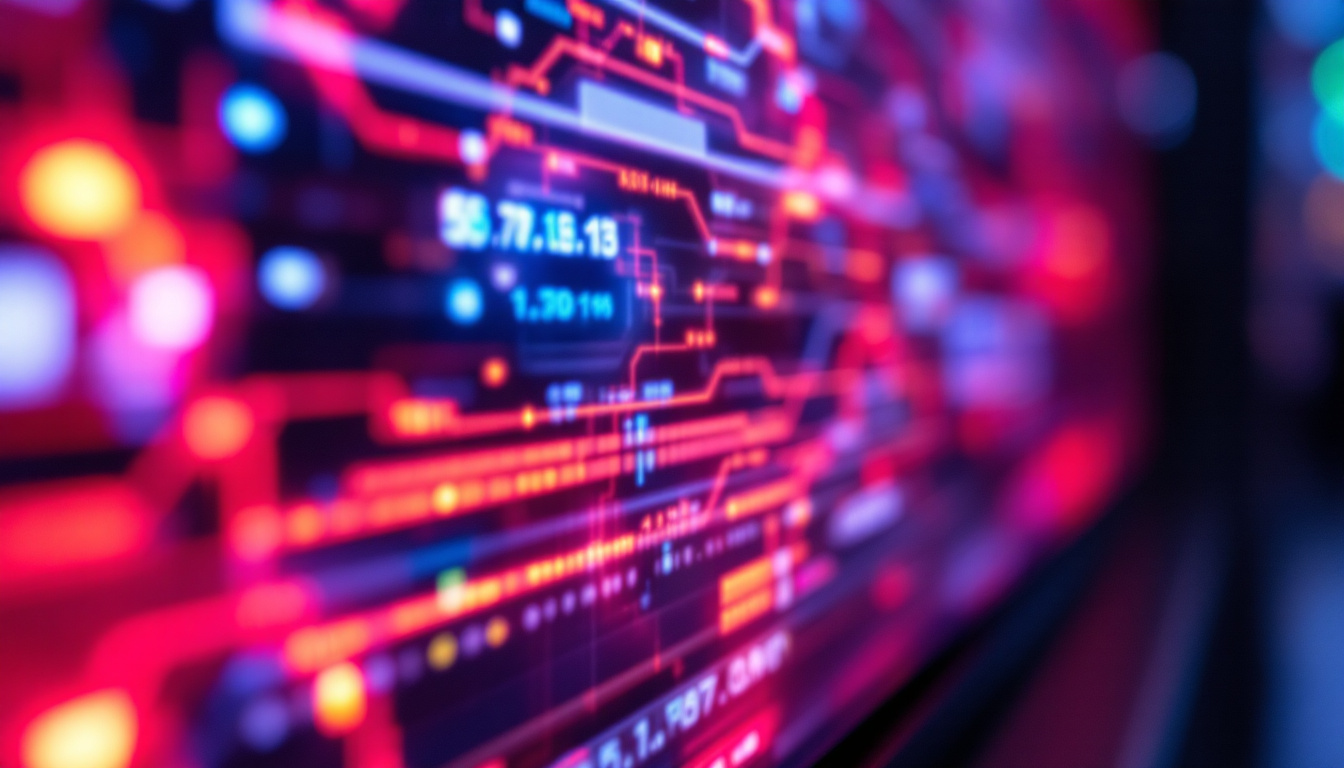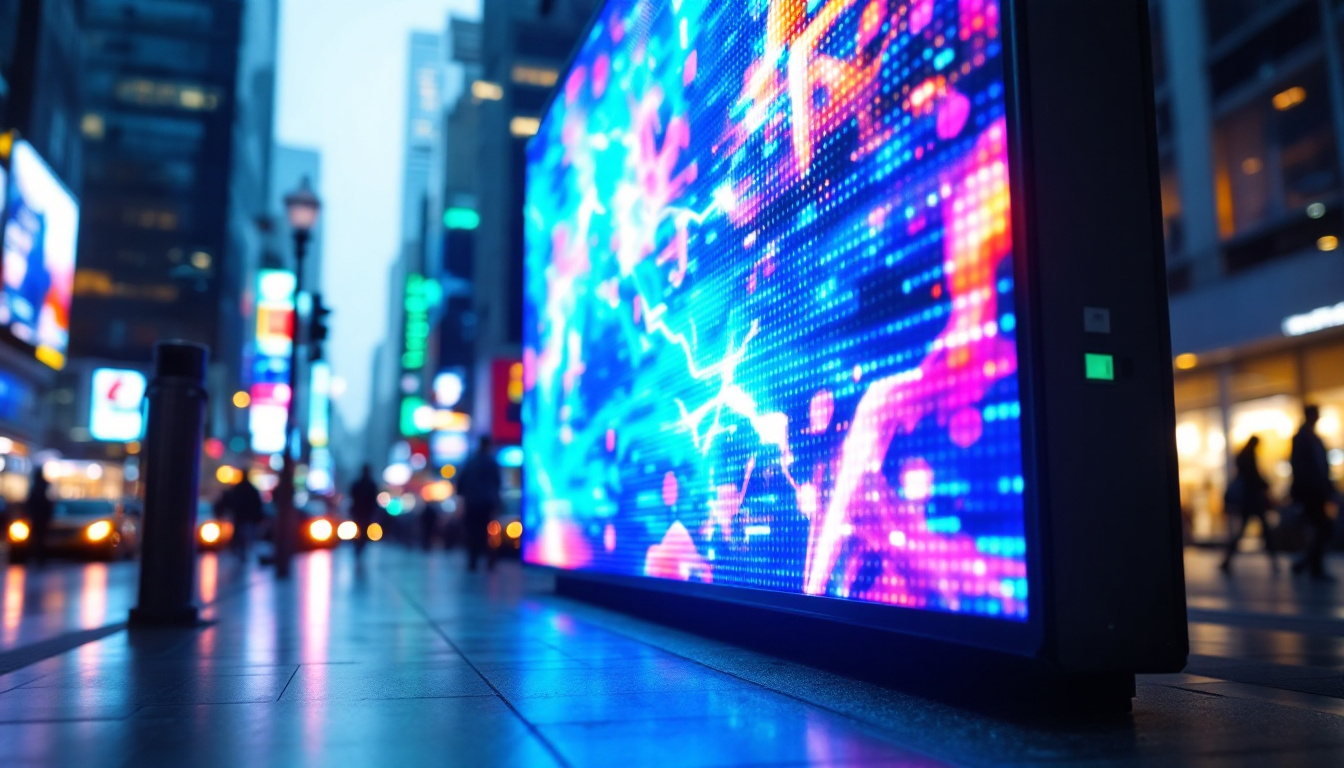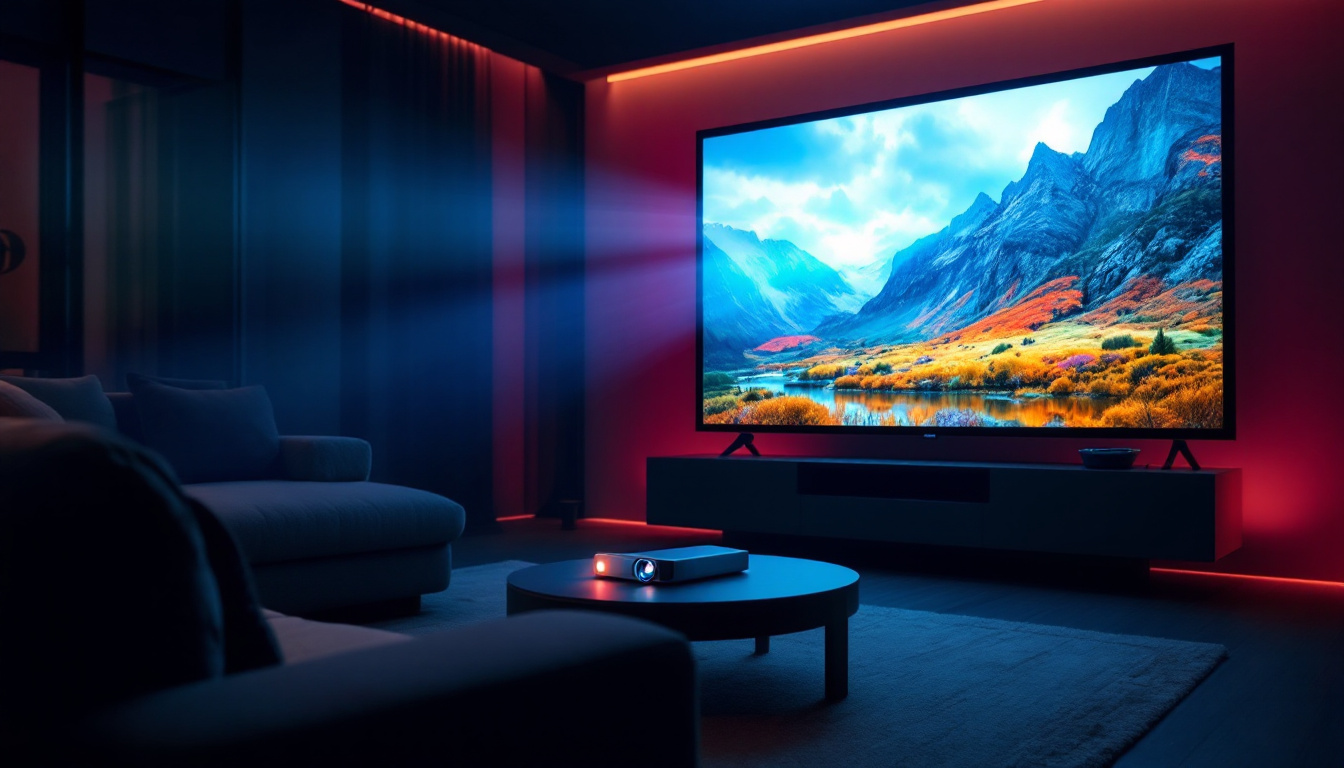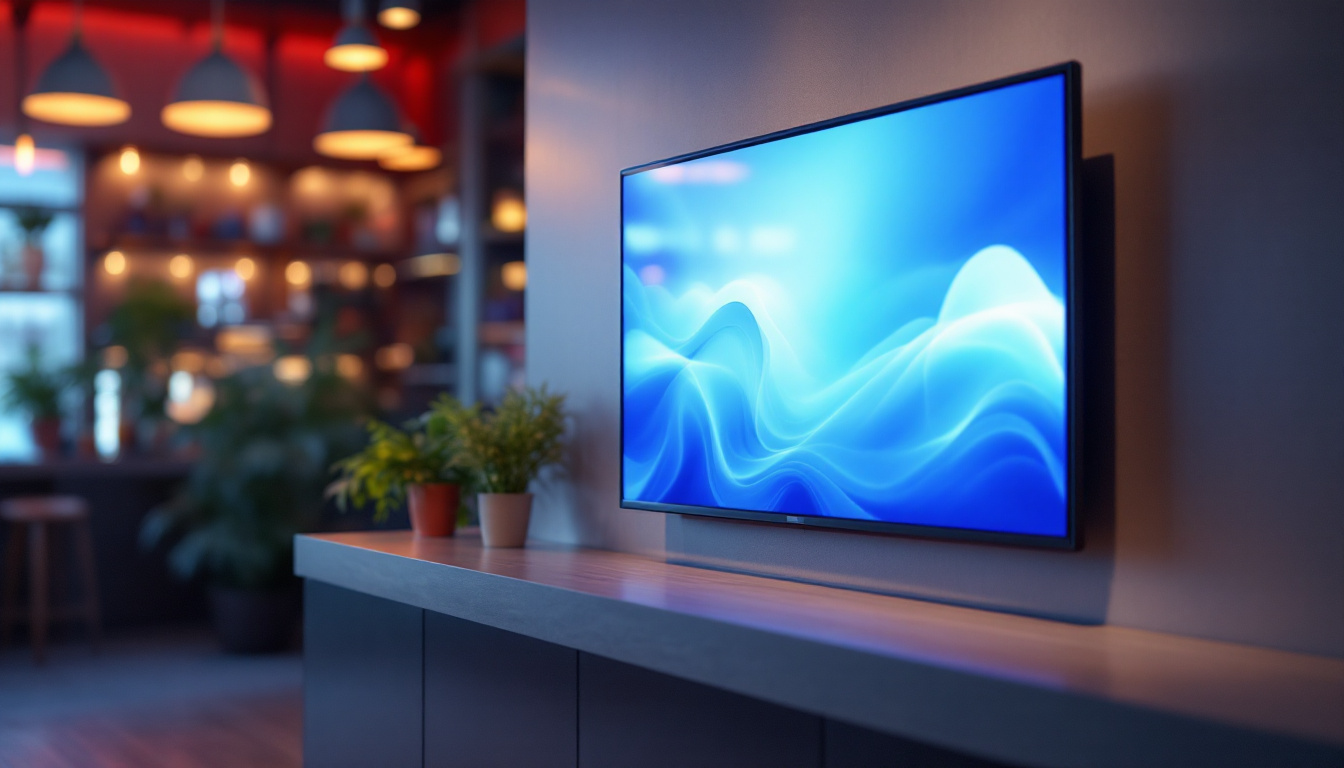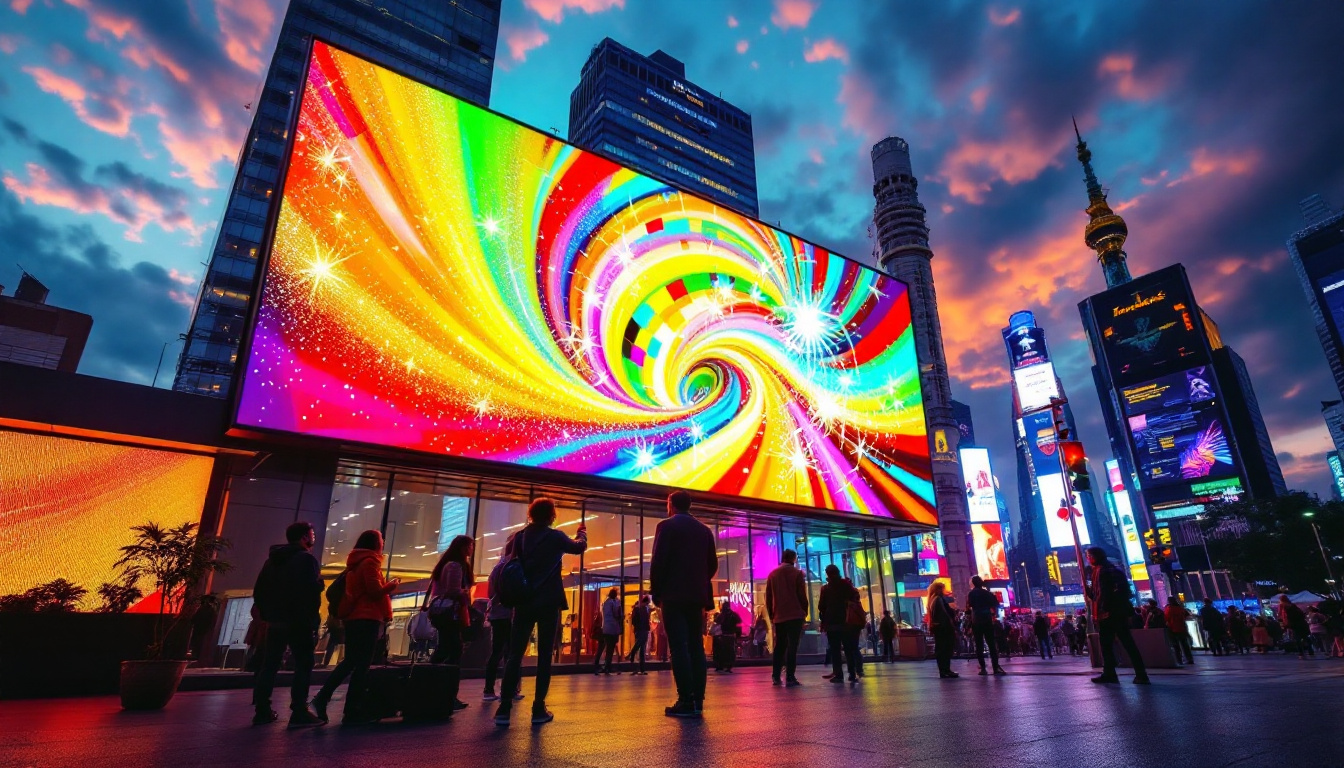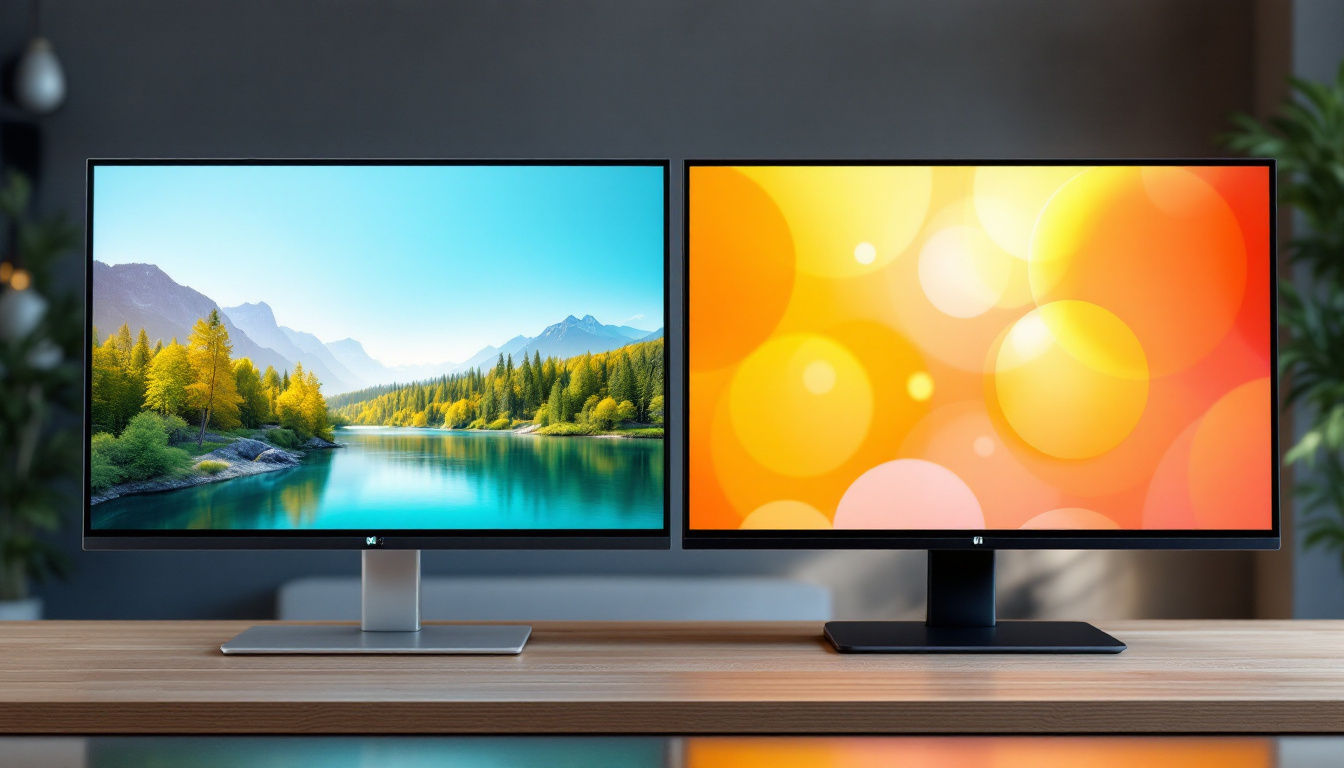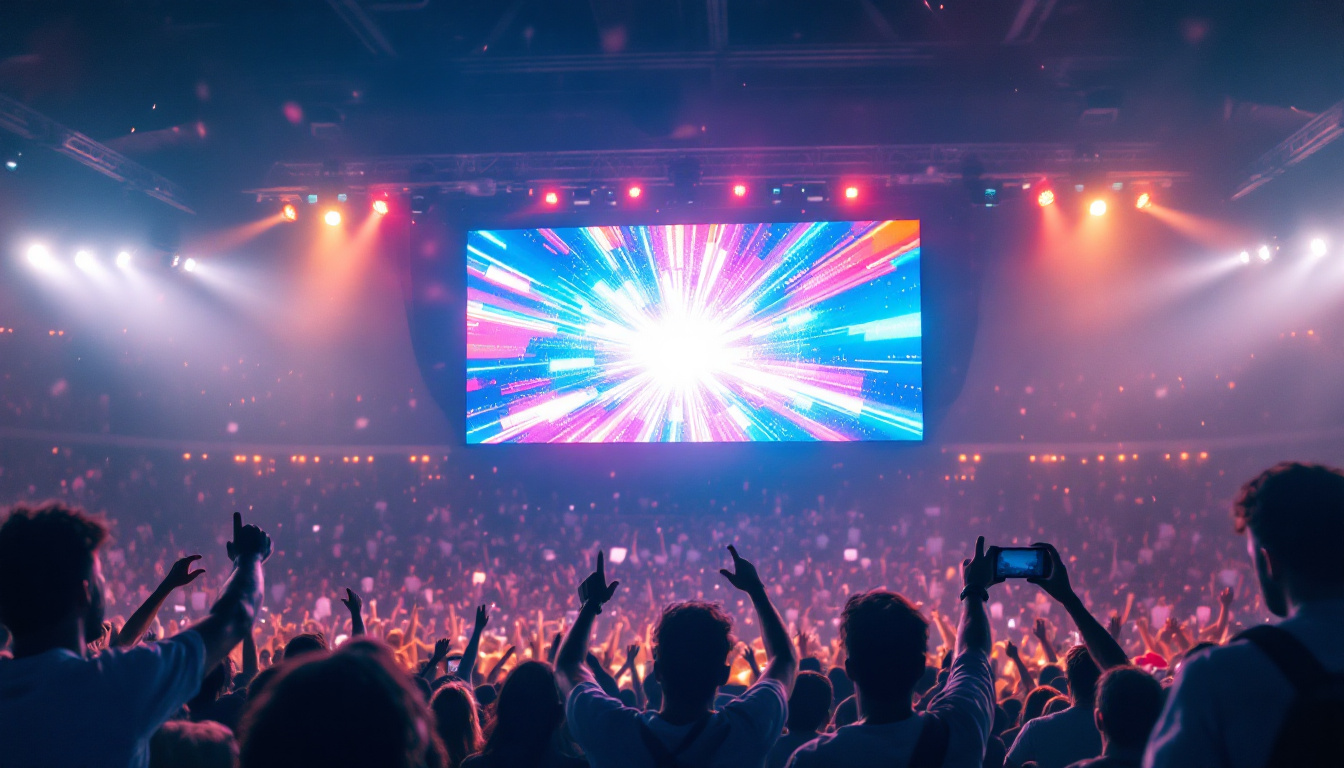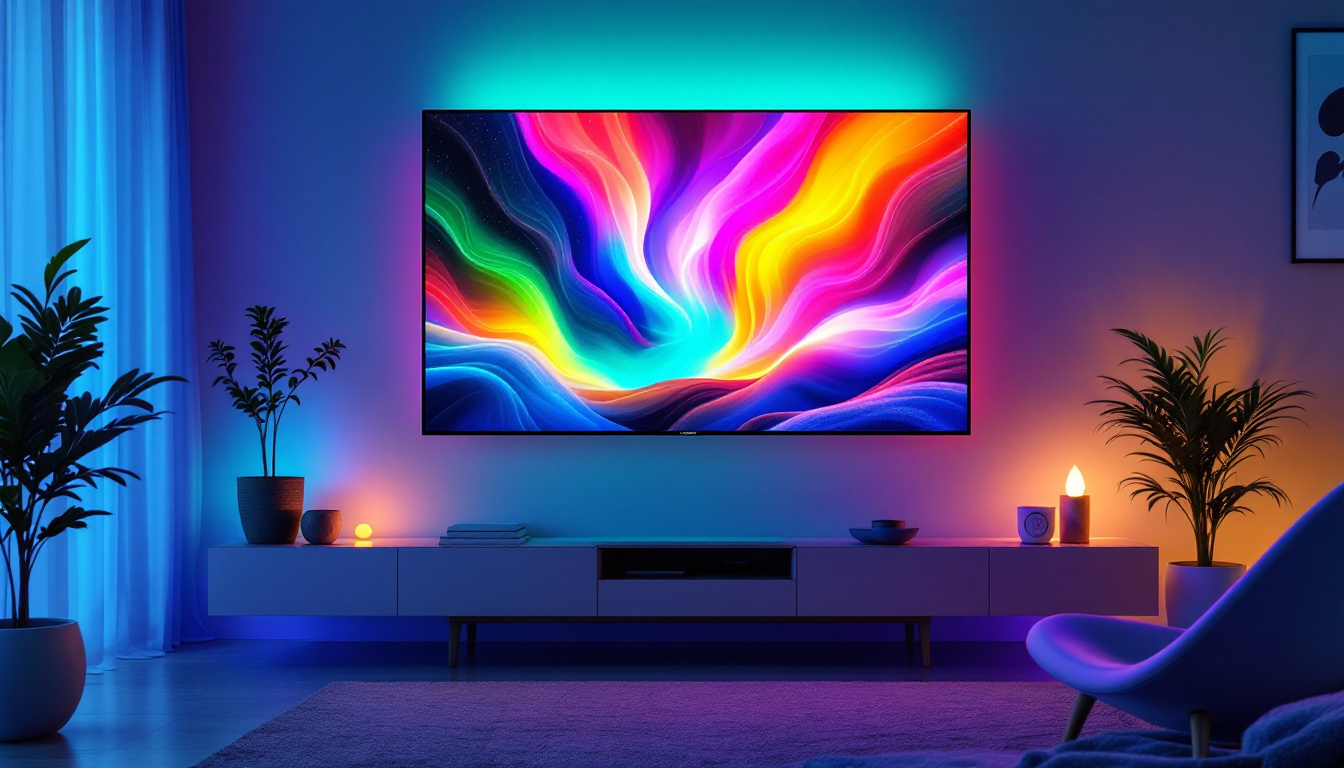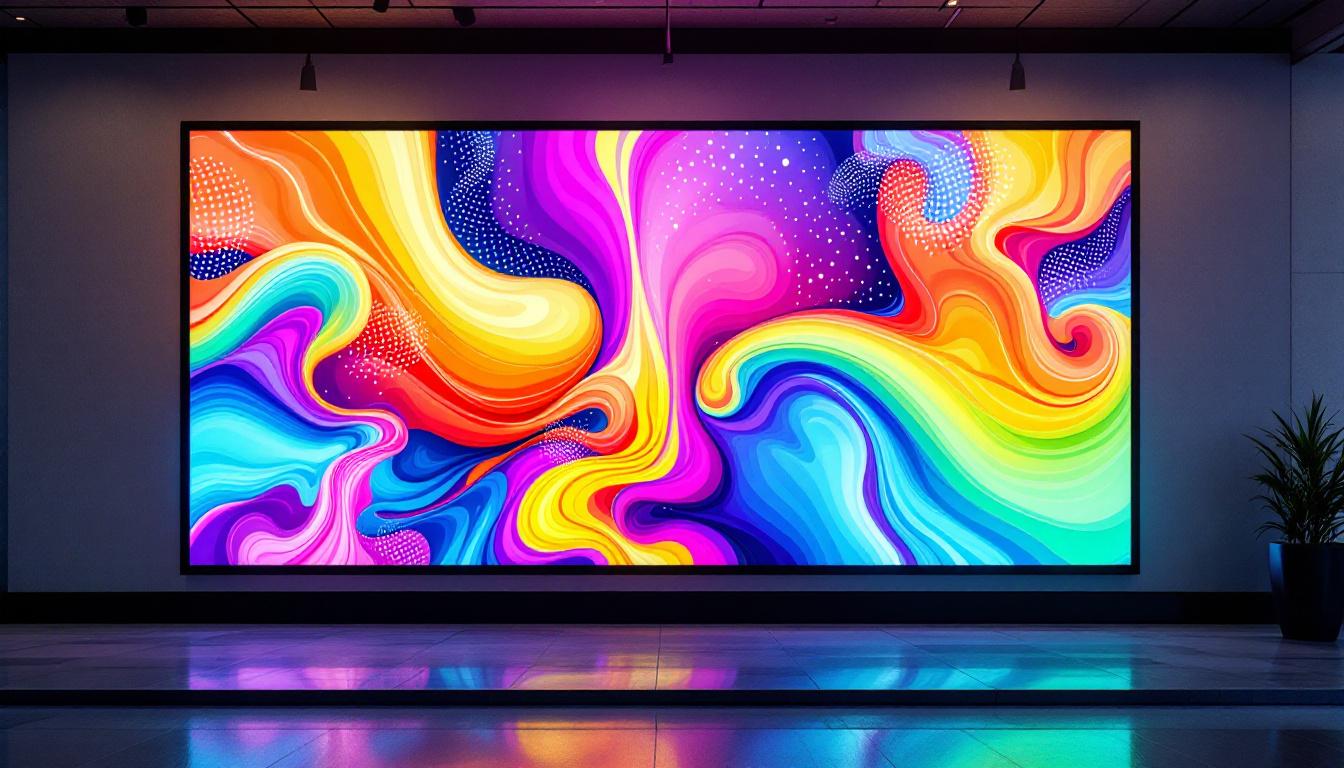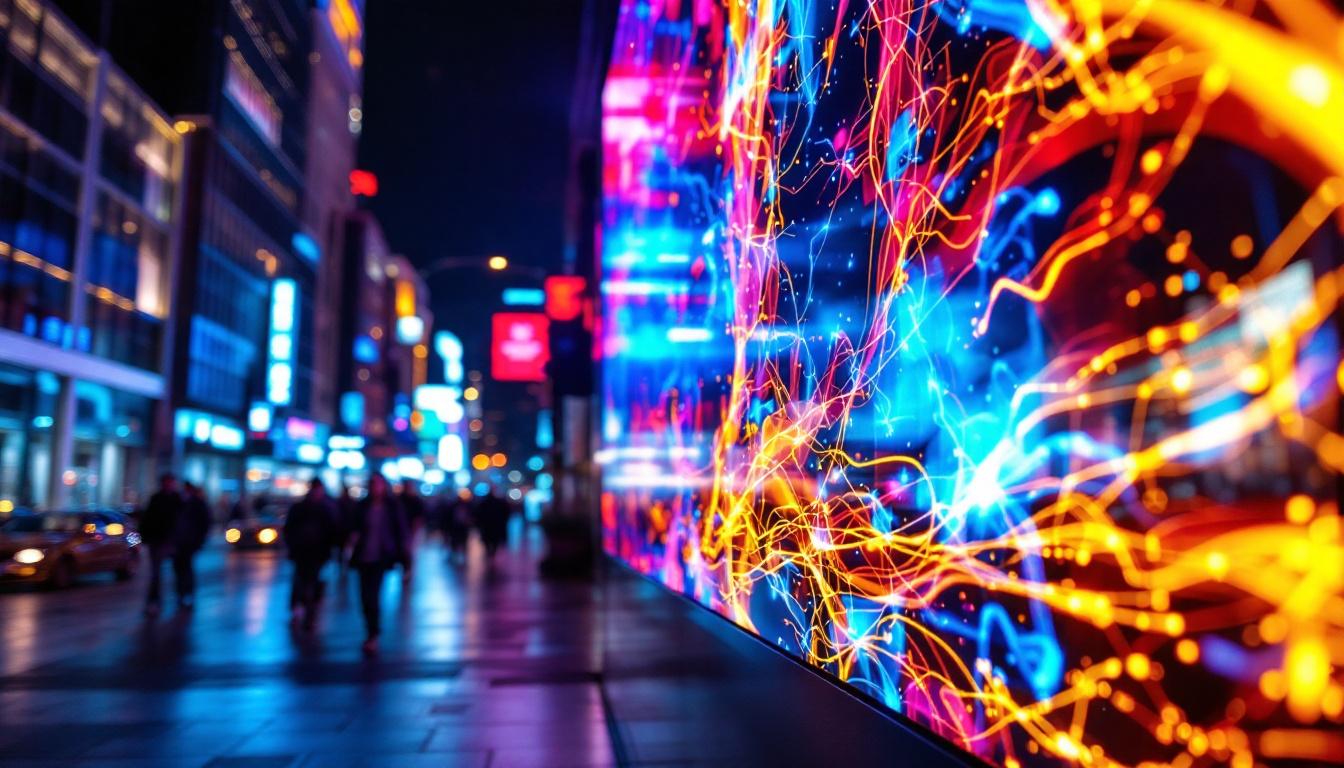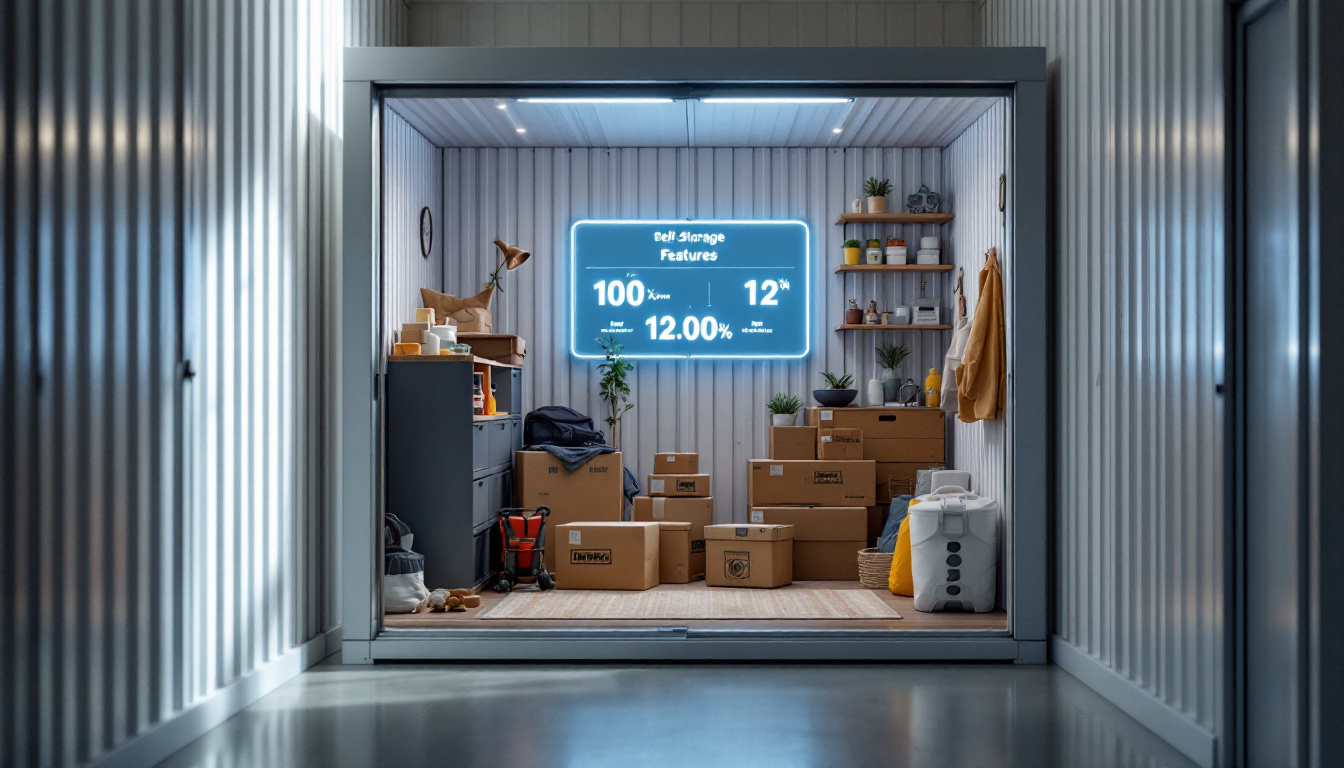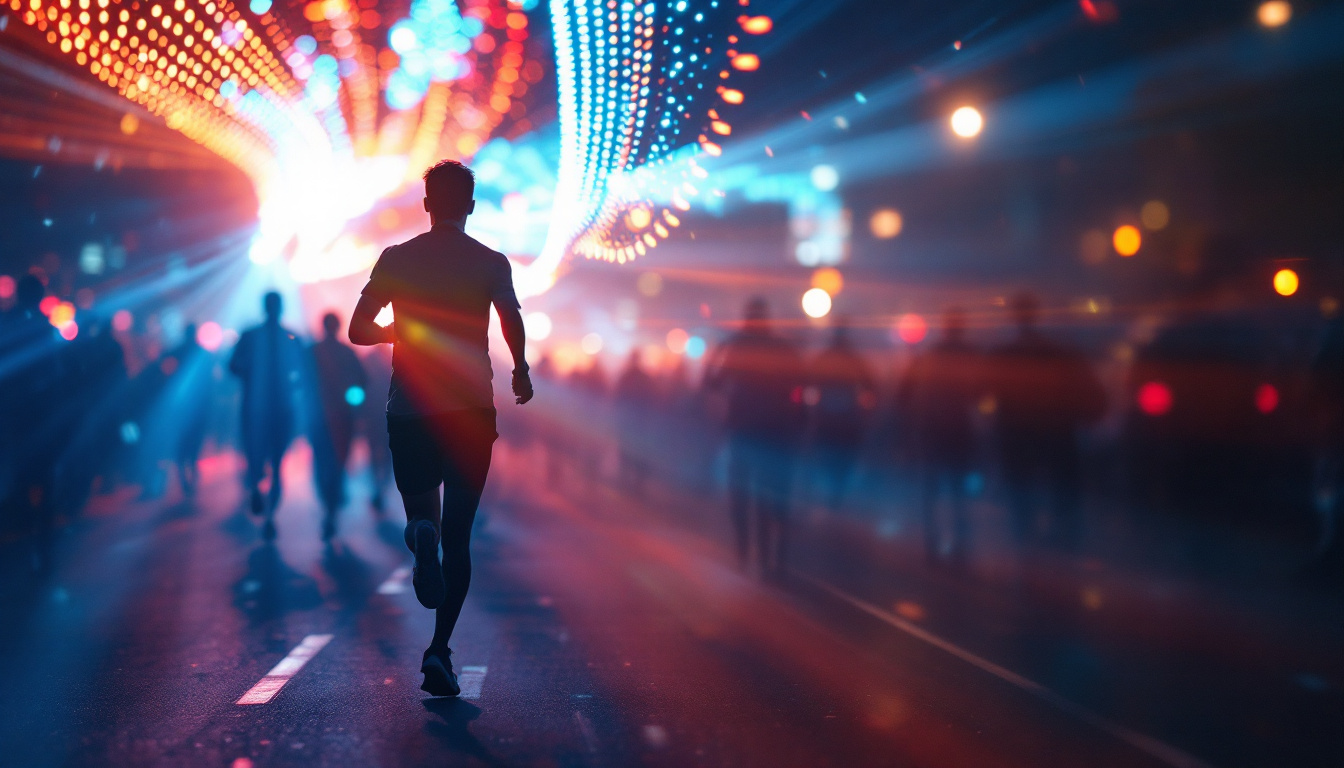The world of visual displays has evolved significantly over the years, with advancements in technology leading to the rise of various display types. Among these innovations, the Fabric LED screen has emerged as a versatile and dynamic option for a wide range of applications. This article delves into the intricacies of Fabric LED screens, exploring their design, functionality, and the myriad of benefits they offer.
Understanding Fabric LED Screens
Fabric LED screens are a unique type of display that combines the flexibility of fabric with the brilliance of LED technology. These screens are made from lightweight materials that allow for easy transportation and installation, making them ideal for both indoor and outdoor settings. Their versatility has made them a popular choice for a variety of applications, from concerts and festivals to corporate events and retail displays.
What Are Fabric LED Screens?
At their core, Fabric LED screens consist of a mesh or fabric substrate embedded with LED lights. This design allows for high-resolution images and vibrant colors while maintaining a lightweight and flexible structure. Unlike traditional rigid LED displays, Fabric LED screens can be easily shaped and configured to fit various environments, making them particularly popular for events, exhibitions, and advertising. The ability to create large-scale displays without the bulk of traditional screens opens up new possibilities for creative expression in visual design.
Key Features of Fabric LED Screens
Fabric LED screens come with a range of features that enhance their usability and performance. Some of the most notable characteristics include:
- Lightweight Design: The use of fabric makes these screens significantly lighter than their rigid counterparts, facilitating easier handling and installation.
- Flexibility: Fabric LED screens can be curved or shaped to fit different structures, allowing for creative installations that capture attention.
- High Resolution: With advancements in LED technology, these screens can deliver stunning visuals, making them suitable for high-impact presentations.
Additionally, Fabric LED screens are often designed with durability in mind. Many are weather-resistant, which means they can withstand the elements when used outdoors, ensuring that the visuals remain vibrant even in challenging conditions. This resilience makes them an excellent choice for outdoor advertising campaigns or events that take place in various weather scenarios. Furthermore, the fabric material can often be printed on, allowing for custom designs that enhance branding or thematic elements, making these screens not just functional but also a canvas for artistic expression.
Another significant advantage of Fabric LED screens is their energy efficiency. Compared to traditional display technologies, LED screens consume less power while providing brighter and more vivid images. This efficiency not only reduces operational costs but also aligns with sustainability goals, making them an attractive option for environmentally conscious businesses. As technology continues to evolve, we can expect even more innovative features and applications for Fabric LED screens, solidifying their place in the future of visual displays.
Applications of Fabric LED Screens
The versatility of Fabric LED screens has led to their adoption across various industries. From advertising to entertainment, their applications are vast and varied.
Event and Exhibition Displays
One of the most common uses for Fabric LED screens is in events and exhibitions. Their lightweight nature allows for quick setup and takedown, making them ideal for trade shows, conferences, and festivals. Event organizers can utilize these screens to display promotional content, live feeds, or interactive media, enhancing the overall experience for attendees. Additionally, the high-resolution capabilities of Fabric LED screens ensure that visuals are sharp and engaging, capturing the attention of passersby. With the option to customize sizes and shapes, these screens can fit into any space, creating unique environments that resonate with the theme of the event.
Retail and Advertising
In the retail sector, Fabric LED screens serve as eye-catching advertising tools. Retailers can use them to showcase products, promotions, and brand messaging in a visually appealing manner. The flexibility of these screens allows them to be integrated into various store layouts, attracting customers and increasing engagement. Moreover, the ability to change content on the fly means that retailers can quickly adapt their messaging to reflect seasonal promotions or new arrivals, keeping the shopping experience fresh and dynamic. This adaptability not only enhances customer interaction but also maximizes the impact of marketing campaigns, driving foot traffic and boosting sales.
Architectural Installations
Architects and designers are increasingly incorporating Fabric LED screens into their projects. These screens can be used as dynamic facades for buildings or as part of interior design elements. Their ability to blend seamlessly with architectural features while providing vibrant visuals makes them a popular choice for modern design. Beyond aesthetics, these installations can serve functional purposes, such as providing information to the public or creating immersive environments in spaces like museums and galleries. The integration of Fabric LED screens into architectural designs allows for a unique interplay of light and space, transforming ordinary structures into captivating landmarks that engage viewers both day and night.
Entertainment and Live Events
Fabric LED screens have also found a prominent place in the entertainment industry, particularly in concerts, theater productions, and live performances. Their lightweight and flexible nature allows for creative staging options, enabling performers to utilize the screens as backdrops or interactive elements that enhance storytelling. The ability to project high-definition visuals and animations can elevate the audience’s experience, making each performance more memorable. Furthermore, these screens can be easily transported and set up in various venues, from large arenas to intimate theaters, making them a practical choice for touring productions and events.
Benefits of Using Fabric LED Screens
The advantages of Fabric LED screens extend beyond their aesthetic appeal. They offer a range of benefits that make them an attractive option for businesses and organizations.
Cost-Effectiveness
Fabric LED screens are often more cost-effective than traditional LED displays. Their lightweight design reduces shipping and installation costs, while their durability ensures a long lifespan, minimizing the need for frequent replacements. This makes them a smart investment for businesses looking to maximize their return on investment.
Eco-Friendly Options
As sustainability becomes a priority for many organizations, Fabric LED screens offer an eco-friendly alternative to traditional displays. Many manufacturers produce these screens using recyclable materials, and their energy-efficient LED technology reduces overall power consumption, contributing to a smaller carbon footprint.
Enhanced Visibility
The brightness and clarity of Fabric LED screens ensure that content is visible even in bright outdoor environments. This feature is particularly beneficial for advertising and event displays, where capturing the attention of passersby is crucial. The ability to produce vibrant colors and sharp images enhances the overall impact of the displayed content.
Technical Considerations for Fabric LED Screens
While Fabric LED screens offer numerous advantages, there are also technical considerations that users should keep in mind to ensure optimal performance.
Resolution and Pixel Pitch
When selecting a Fabric LED screen, resolution and pixel pitch are critical factors. The pixel pitch refers to the distance between individual LED pixels, which affects the screen’s overall clarity. A smaller pixel pitch results in higher resolution and better image quality, making it essential for applications that require detailed visuals.
Brightness Levels
Brightness is another important aspect to consider. Fabric LED screens come with varying brightness levels, typically measured in nits. For outdoor applications, a higher brightness level is necessary to ensure visibility in direct sunlight. Conversely, indoor screens may require lower brightness levels to prevent glare.
Control Systems
Effective control systems are vital for managing content displayed on Fabric LED screens. Many screens are compatible with advanced software that allows for real-time updates, scheduling, and remote management. This capability is especially beneficial for businesses that need to change their messaging frequently or respond to live events.
Installation and Maintenance
The installation and maintenance of Fabric LED screens are relatively straightforward, but certain best practices should be followed to ensure longevity and optimal performance.
Installation Best Practices
Proper installation is crucial for maximizing the effectiveness of Fabric LED screens. It is essential to select a suitable location that allows for optimal viewing angles and minimal obstructions. Additionally, ensuring that the screen is securely mounted will prevent damage and enhance safety.
Maintenance Tips
Maintaining Fabric LED screens involves regular cleaning and inspections. Dust and dirt can accumulate on the surface, affecting image quality. Using a soft cloth and appropriate cleaning solutions can help keep the screen in top condition. Regularly checking the connections and control systems will also ensure that the display operates smoothly.
The Future of Fabric LED Screens
The future of Fabric LED screens looks promising as technology continues to advance. Innovations in LED technology, materials, and control systems are expected to enhance the capabilities of these displays further.
Emerging Technologies
As the demand for more immersive and interactive experiences grows, Fabric LED screens are likely to incorporate emerging technologies such as augmented reality (AR) and virtual reality (VR). These advancements could enable users to create more engaging content and experiences, pushing the boundaries of traditional display applications.
Increased Customization
Customization is another area where Fabric LED screens are expected to evolve. As manufacturers explore new materials and printing techniques, the ability to create bespoke designs tailored to specific branding requirements will become more accessible. This level of personalization can help businesses stand out in a crowded market.
Conclusion
Fabric LED screens represent a significant advancement in display technology, offering a unique combination of flexibility, vibrancy, and cost-effectiveness. Their applications span across various industries, from events and advertising to architectural design, making them an invaluable tool for businesses looking to enhance their visual communication.
As technology continues to evolve, the future of Fabric LED screens appears bright, with emerging innovations promising to expand their capabilities even further. For organizations seeking to captivate their audience and create memorable experiences, investing in Fabric LED screens is a decision that is sure to pay dividends.
Discover LumenMatrix’s Innovative LED Displays
Ready to elevate your visual experience with the latest in LED display technology? Look no further than LumenMatrix, where innovation meets excellence. Our comprehensive range of LED display solutions, from Indoor and Outdoor LED Walls to Custom and All-in-One LED Displays, is designed to bring your brand to life. Whether you’re looking to captivate your audience at a live event, enhance your retail space, or make a statement with architectural design, LumenMatrix has the cutting-edge technology to make it happen. Don’t miss the opportunity to transform your visual communication. Check out LumenMatrix LED Display Solutions today and see how we can help you share your message with unparalleled impact and clarity.

